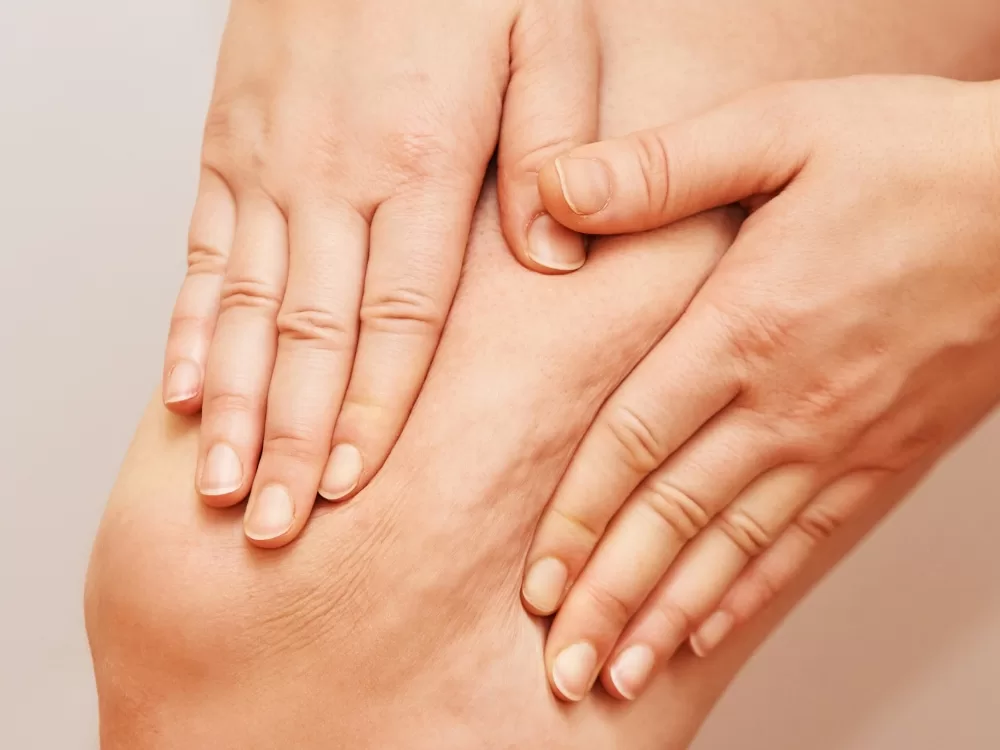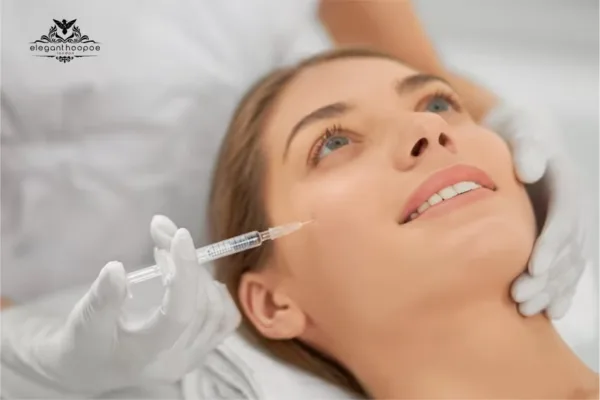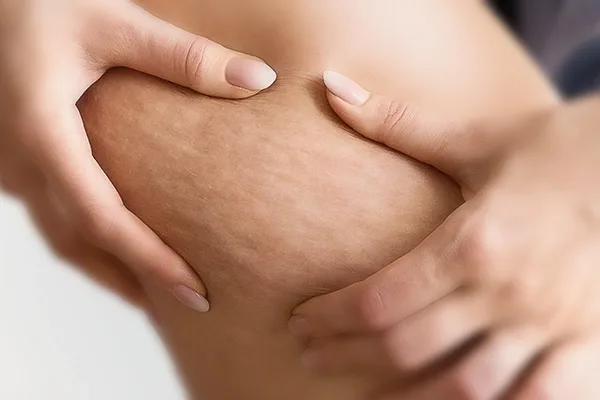Does Retinol Help with Cellulite? What to Expect & How It Works
Retinol for cellulite can improve skin texture but won’t eliminate cellulite completely. Here’s what it does:
Boosts Collagen: Thickens skin, making cellulite less visible.
Increases Cell Turnover: Replaces damaged skin with smoother cells.
Improves Circulation: May reduce fluid retention and swelling.
Possible Fat Cell Reduction: Some studies suggest retinol could shrink fat cells.
Results take months and work best with a healthy lifestyle & other treatments like massage or professional therapies.
The skin condition known as cellulite exists as a primary dermatological issue that affects between 90% of adult women throughout their lives. This skin abnormality produces a textured surface with depressions, which develops mainly on the thighs and buttocks as well as the abdominal area. Many people want to lessen or get rid of their cellulite for better skin appearance with advanced cellulite treatment in Dubai, though they understand its natural, harmless state. The cosmetic industry promotes retinol in various products that promise cellulite improvement. But does retinol help with cellulite? Let’s dive into the science and find out.
What Is Cellulite?
A grasp of cellulite basics becomes vital to understanding how retinol might or might not affect the condition. Cellulite forms when fat buildup under the skin causes tissue structures to create irregular surface patterns. Cellulite can affect skinny people too, but it poses no health risks, thus, most individuals treat it as a cosmetic concern, which drives them to seek effective treatments along with topical products to minimize its visibility.
Several elements play a role in its development. Here’s a breakdown of the main causes of cellulite:
- Genetics: The appearance of cellulite in your body depends heavily on your genetic makeup due to your family background.
- Hormones: The hormone estrogen and other hormonal fluctuations specifically modify both connective tissue structure and the position of body fat.
- Lifestyle: The combination of unhealthy eating habits, inadequate physical activity, and dehydration tends to make cellulite more noticeable.
- Skin Thickness: Thinner skin can make cellulite more visible, which is why it’s often more noticeable as we age.
What Is Retinol?
Vitamin A derivative retinol stands as one of the widely used ingredients in skincare because of its popularity. People prize retinol because it helps the skin maintain natural cell renewal cycles while stimulating collagen formation at the same time. People use retinol in anti-aging products to battle wrinkles, fine lines, and hyperpigmentation. That’s why it is an essential part of wrinkle reduction routines and pore size reduction techniques.
The skin-transforming properties of retinol have led manufacturers to include it in cellulite treatment products. But how effective is it?

How Does Retinol Work on Cellulite?
The potential benefits of retinol on cellulite appear through various operating methods, according to scientific theory. Here’s how it works:
1. Stimulates Collagen Production
The skin benefits from collagen proteins, which supply both tensile strength and a flexible framework. The natural aging process reduces collagen amounts in the skin until it becomes thin, and cellulite becomes more visible. The skin gains thickness, and the visible fat deposits fade because retinol stimulates collagen creation.
Retinol helps reduce cellulite-related skin texture issues by making skin firmer and increasing its elasticity.
2. Increases Cell Turnover
The frequent replacement of skin cells occurs when retinol works to bring new, healthy cells into place while it removes old, damaged cells. Through this process, the skin develops a better texture, which leads to a reduction in the irregular appearance of cellulite as time progresses.
3. Improves Circulation
Retinol seems to stimulate skin blood flow together with enhanced circulation based on certain research findings. Better blood circulation helps decrease fluid retention, together with swelling, which causes cellulite.
4. Reduces Fat Cell Size (Potentially)
The research suggests that retinol might enter the skin to change the dimensions of fat cells, although it does not break down fat directly. People with reduced fat cell sizes experience less connective tissue pressure, resulting in improved skin appearance.
How Effective Is Retinol for Cellulite?
Research about retinol functions shows potential yet individuals should remain realistic regarding their outcomes. The application of retinol helps cellulite look better yet it does not succeed in totally removing it from the skin. People seeking cellulite treatment face multiple obstacles that topical retinol solutions can address only to a limited degree.
The following outcomes reflect what retinol treatment can reasonably achieve:
- Gradual improvement in skin texture and firmness.
- Repeated use of this product has the potential to decrease the visibility of cellulite over time.
- Best results when combined with other treatments and a healthy lifestyle.
Retinol needs significant time before you will start seeing its benefits. Results from regular retinol application will become visible only after several months of continuous use. The strength of retinol products differs because higher concentrations perform better but typically result in skin irritation, especially for sensitive users.

How to Use Retinol for Cellulite
The following guidelines will help you achieve the best results when treating cellulite using retinol:
- Choose the Right Product: Search for retinol skincare items that are formulated for body application. The thicker skin of your thighs and buttocks cannot benefit from typical facial retinol treatments.
- Start Slowly: The skin reacts strongly to retinol during its initial usage period, particularly when someone is new to this product. Begin with a minimal retinol dosage before raising it when your skin starts to adapt to the treatment.
- Apply Consistently: You will achieve the best outcomes if you apply your retinol treatment daily to your problem areas according to the product label instructions.
- Combine with Moisturizer: Apply moisturizer after retinol to protect against dryness since retinol tends to absorb skin moisture.
- Wear Sunscreen: Sunscreen should always be applied to your skin every day because retinol intensifies your skin’s response to sunlight.
Are There Better Options than Retinol for Cellulite?
Retinol provides helpful benefits towards cellulite reduction, yet it remains one of several possible treatments. Your treatment outcomes when you combine retinol with additional therapies become increased. For example:
- Massage and Dry Brushing: Both massage therapy and dry brushing raise circulation levels while they enhance lymphatic drainage mechanisms.
- Professional Treatments: Professional cellulite treatments through radiofrequency and laser therapy and microneedling provide better outcomes than using retinol products individually.
- Healthy Lifestyle: A balanced diet, regular anti-cellulite exercise, and staying hydrated can significantly improve the appearance of cellulite.
Discover Effective Cellulite Treatments at Elegant Hoopoe
At Elegant Hoopoe, we understand the frustration that comes with trying to reduce cellulite. That’s why we offer a range of advanced cellulite treatments in Dubai designed to target the root causes of uneven skin texture. Whether you’re looking for non-invasive procedures, targeted therapies, top cellulite removal technologies, or personalized skin care solutions, our experts are here to help you achieve smoother, more radiant skin.
While retinol can be a useful tool in your cellulite-fighting arsenal, professional treatments often deliver faster and more noticeable results. Contact us today to schedule a consultation and discover how Elegant Hoopoe can help you feel confident in your skin!






